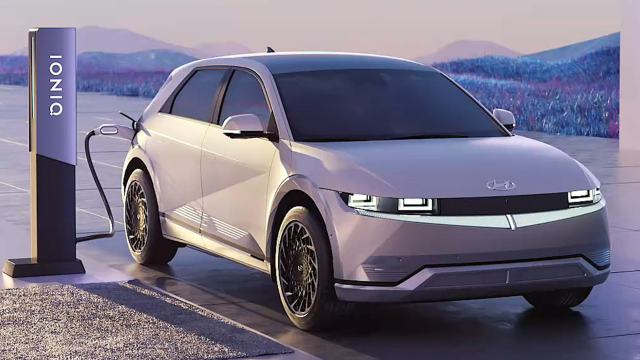Electric vehicles present a huge shift in how we think about cars, and chargers are a clear point of confusion for many people. Not all EVs charge equally, and not every car can use the same kind of charger – whether it be due to charging network exclusivity or differences in plug type.
Let’s demystify this: Here’s what chargers electric vehicles use in Australia. If, alternatively, you’re looking for your nearest EV charger, we’ve got a great page for that too.
Do all electric vehicles use the same chargers?
In Australia, you’ll find that most electric vehicles use the ‘Type 2’ charger. This is the standard charger type in Europe as well, and across Australia’s charging network, you’re most likely to encounter this charging type simply because it’s what most cars require.
Technically though, Australian EVs mostly have two chargers – the Type 2 charger and the CCS2 charger, which enables fast DC charging, such as at public charging stations. The CCS2 charger, realistically, adds two extra plugs to the bottom of the Type 2 plug, allowing for faster charging with a bulkier cable.

The only exception to these expectations in Australia are CHAdeMO-charged cars – which, at the time of writing, are really just models from the Nissan Leaf range (although PHEVs from Mitsubishi also have CHAdeMO ports). CHAdeMO is the Japanese electric vehicle standard, although, among most automakers and charging networks in Australia, it has seen the least adoption.

Often, cars with CHAdeMO ports are also fitted with the Type 2 charger (such as the 2023 Nissan Leaf and 2022 Mitsubishi Outlander PHEV), but the CHAdeMO port will be intended for faster DC public charging.
Additionally, as pointed out by Tesla Owners Australia, some older charging locations may still use the old ‘Type 1’ standard (which you can buy adapters to use), and Tesla models sold before May 1, 2019, can be retrofitted to use the updated Type 2 charging type.
Also, as far as network exclusivity goes, Tesla currently locks non-Tesla EVs out of its charging network except for a handful of sites. Meanwhile, some public charging networks don’t have plugs ready for CHAdeMO vehicles, so always check ahead if the place you’re stopping at has a CHAdeMO cable if you need one.
That’s basically the end of it on the actual physical plugs, but just to round it all off – it’s too early to tell if Tesla’s fast-becoming ‘North American Charging Standard’ NACS charger type will be coming to Australia, even as more automakers begin to adopt it.
Additionally, know that charging ports aren’t the deciding factor on charging speeds (except between AC and DC chargers, like ‘Type 2’ and ‘CCS2’). Put simply, public chargers with a higher ‘kW’ number (such as 50kW versus 350kW) will naturally charge faster, but this is also a determinant of the car’s maximum charging speed. The BYD Atto 3’s maximum charging speed is only 80kW, which is minuscule compared to the Hyundai Ioniq 5’s 230 kW speed.
Knowing which charger your car uses is important and will likely save you from headaches down the road.
